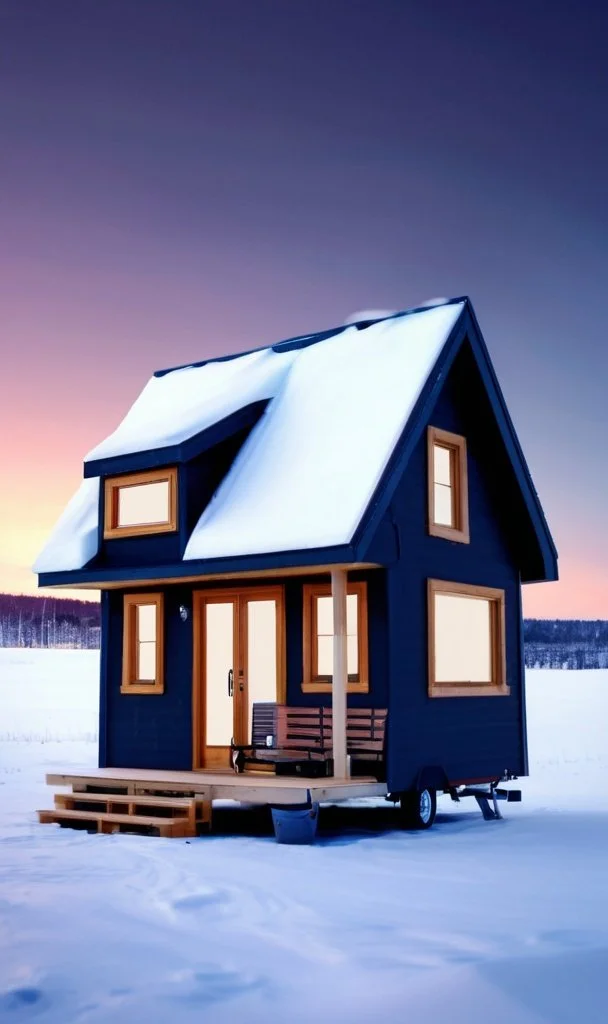The Ultimate Guide to Insulation for Tiny Homes on Wheels
1. Fiberglass Insulation
Pros:
Affordable and widely available.
Non-combustible and moisture-resistant.
Good thermal performance.
Cons:
Can irritate skin and lungs if not handled properly.
Requires careful installation to avoid air gaps.
Fiberglass insulation is one of the most common types used in tiny homes due to its cost-effectiveness and decent insulating properties. It can be found in batts or loose-fill form, making it versatile for various applications.
Learn more about fiberglass insulation on our website.
2. Foam Board Insulation
Pros:
High insulating value with a thinner profile.
Rigid panels that are easy to install.
Moisture-resistant, making it suitable for damp areas.
Cons:
Higher cost compared to fiberglass.
Can be challenging to cut for custom fits.
Foam board insulation provides excellent thermal resistance, especially in areas where space is limited. It's particularly useful for insulating walls and ceilings in tiny homes, where maximizing space is essential.
Explore foam board options on Nomadic Structures.
3. Spray Foam Insulation
Pros:
Expands on application, filling gaps and cracks.
Provides an excellent air barrier, reducing drafts.
High R-value, offering superior insulation.
Cons:
Higher cost than traditional insulation.
Requires professional installation for best results.
Spray foam insulation is an excellent choice for tiny homes, particularly those built on trailers, as it creates a seamless, air-tight barrier. It can significantly enhance energy efficiency and comfort in your mobile living space.
Find more about spray foam solutions here.
4. Cellulose Insulation
Pros:
Made from recycled materials, making it eco-friendly.
Good thermal performance and soundproofing qualities.
Less irritating than fiberglass.
Cons:
Can settle over time, reducing effectiveness.
Requires proper installation to avoid moisture problems.
Cellulose insulation is another great option for tiny homes, especially for those looking to minimize their environmental impact. It is primarily made from recycled paper products and can be blown into walls or attics for effective insulation.
Check out our eco-friendly materials.
5. Mineral Wool (Rock Wool) Insulation
Pros:
Fire-resistant and provides excellent soundproofing.
Water-resistant and does not promote mold growth.
Eco-friendly options available.
Cons:
More expensive than fiberglass.
Heavier, which can be a consideration in a mobile home.
Mineral wool insulation is a robust option for tiny homes, offering high resistance to fire and sound. Its ability to resist moisture makes it a reliable choice for various climates.
Discover more about mineral wool insulation.
Conclusion
Choosing the right insulation for your tiny home on wheels is essential for achieving comfort, energy efficiency, and durability. Each type of insulation comes with its own set of advantages and disadvantages, so consider your unique needs, budget, and environmental conditions when making a selection.
For more resources and insights into building your tiny home, visit Nomadic Structures.


